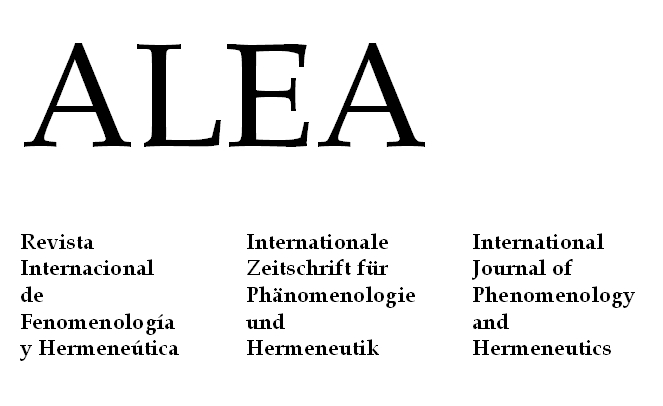El pensar de Heidegger en el lustro posterior a Ser y Tiempo:
la experiencia productiva de un fracaso
(Heidegger’s Thinking in the five-year period after Being and Time: The Productive Experience of a Failure)
Between 1927 and 1932 Heidegger abandons the approach of Being and Time and takes the first steps into a new direction, which later he will call “die Kehre” (the turn). Usually the interpretation of Heidegger’s thought in this period focuses either upon Being and Time or “die Kehre” but not upon the transitional context itself. This paper examines the transitional dynamic as such, i.e. as a process in which a thinker confronts the limits of his initial project such that this enters into a crisis from which there emerge new criteria. The paper studies this process in Heidegger : after Being and Time, Heidegger begins to discover the internal limits of his transcendental-horizontal model. This experience leads him to abandon that model and to examine in depht the phenomena of world emptiness and world withdrawal. Upon this basis Heidegger begins to develop this thought upon meaning concealment.
